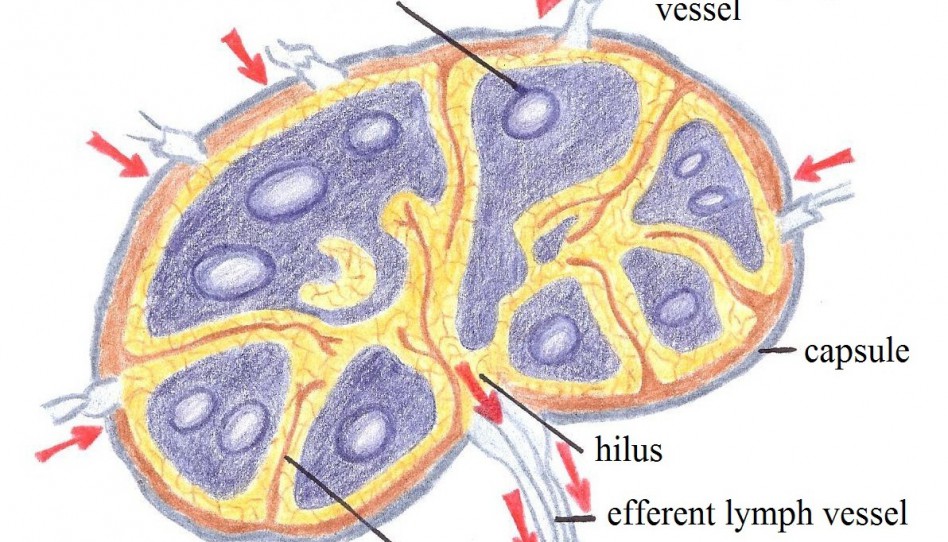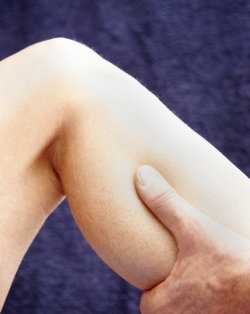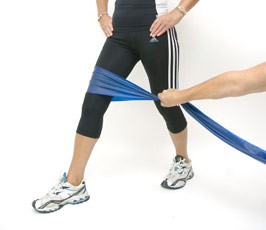Neuromuscular Massage: A Deeper Understanding
In the last 60 years, neuromuscular therapy (NMT) has emerged as a significant way to assess, treat and prevent soft-tissue injuries and chronic pain. Today, NMT is widely used not only in the treatment rooms of massage therapy, but also in occupational therapy, physical therapy, nursing, dentistry, chiropractic, osteopathic and physical medicine clinics worldwide.
NMT’s history in Europe goes back to the mid 1930s. Simultaneously in the U.S., the same theories about this work were emerging, and although both groups knew nothing about each other, their discoveries and the techniques that came out of them were much the same. This coincidence is most likely because NMT is founded in a solid understanding of anatomy and physiology, and rooted in sound physiological principles.
It’s important to distinguish between NMT and deep tissue massage. Deep tissue massage releases chronic patterns of tension in the body through slow strokes and deep finger pressure on the contracted areas, either following or going across the grain of muscles, tendons and fascia. It’s also called “deep tissue” because it focuses on the deeper layers of muscle tissue. NMT has a specific definition as a kind of massage, as well as being a trade name, or a modality that a practitioner can gain certification in. For instance, the letters “CMT” following a practitioner’s name indicate that the person is a certified massage therapist. The letters “CNMT” following a name means that the person is a certified neuromuscular massage therapist, meaning that the practitioner has been trained in neuromuscular massage and has passed a test. For the purpose of this article, I’m using neuromuscular massage in its more general sense, not in regard to the specifics of a certain school or program.
Put broadly, NMT is a series of treatment protocols based on the practitioner’s skill, anatomy knowledge and precise palpatory application. NMT differs from regular, relaxation massage because it not only deals with the muscles, ligaments, and soft tissues of the body, but also with the nervous system. (Hence the term “neuromuscular,” which literally means “of, relating to or affecting both nerves and muscles.”)
Working as it does with the central nervous system, NMT is a great manual therapy to use for people in a large amount of pain; many times, direct, deep pressure can’t be applied to help relieve pain. By using techniques inherent to NMT—such as passive positional release (PPR), which works with nerves on a minute level in the body (proprioceptors and muscle spindle cells) to help achieve release—a therapist can work someone’s painful area effectively, without causing them further pain. For example, when I see a client with chronic tension or extreme pain in the low back or lumbar region, I like to use PPR. By using PPR and thus “turning off” some of the nerve signals that send pain to the brain, I can work into the area with greater depth and for a longer time, without causing the client any more pain. I can do this using counter pressure at the spine (a technique of PPR), at the level that corresponds to the pain in the muscle, or by exerting counter pressure in the hips. By using the nervous system synergistically with the muscles, I can create a situation whereby the body becomes “tricked” into not feeling pain as sensitively, thereby allowing me to work an area that would otherwise be too painful to work.
As noted by the Buckland Massage & Neuromuscular Center, NMT seeks to eliminate pain, chronic or acute, by addressing five key elements that cause pain:
Ischemia: the lack of blood flow to soft tissues that causes hypersensitivity to touch.
Trigger points: highly irritated points in muscles that refer pain to other parts of the body.
Nerve entrapment/compression: pressure on a nerve by soft tissue, cartilage or bone.
Postural distortions: imbalance of the muscular system resulting from the movement of the body off the longitudinal and horizontal planes. Longtime poor postural habits are the most common cause of pain from this element.
Biomechanical dysfunction: imbalance of the musculoskeletal system resulting in faulty movement patterns (i.e., poor lifting habits, computer keyboarding, bad mechanics in a golf swing or tennis stroke).
NMT deals with ischemia by using manual therapy to increase circulation. When there is a lack of blood flow that is substantial enough to cause sensitivity to touch, it may not always be possible to go into the tissue with depth and pressure, so NMT offers techniques that give therapists an alternate route to getting resolution, without causing the client additional pain. For example, approximating the tissue—that is, moving the skin towards the tender spot while working it—lessens the amount of sensitivity felt by the client. This allows the therapist to not only use greater pressure, but for a longer time, thus enabling greater release and change, without an increase in pain for the client.
NMT addresses trigger points by finding and relieving these highly irritated points, which cause localized as well as referred pain in the body, through trigger point therapy. This process works through the many layers inherent in the chronic holding often associated with a trigger point, again trying to minimize the level of pain for the client during the process. Often, the extreme tension in a trigger point will make it numb to touch at first, but with continued working through the layers of tension, the point “wakes up” and becomes sensitive to touch. Here, with the right amount of compression and the right timing, deep layers of the trigger point can be released, lessening or getting rid of the referral pain pattern that was there. For example, when a trigger point in the upper trapezius muscle is active, it refers pain into the head and temples, causing a headache. Using trigger point therapy in the upper trapezius within the client’s comfort level can reduce the activity of the referral by decreasing the size and severity of the point, thus eliminating the referral pain. I’ve found that this type of headache pain caused by tension in the shoulders responds best to this direct approach of NMT. After this kind of deep flushing work, I usually end with a stretch, to help elongate muscle tissue that has been consistently contracted for a long time. This technique allows the client to not only experience relief from referral pain caused by a trigger point, but also to work on postural issues from a more neutral and beneficial place.
Nerve entrapment/compression syndromes are addressed by trying to locate the possible site of impingement and by looking at the range of motion of joints all over the body. The range of motion of joints helps to determine if there is a decrease in normal function, what it might be caused by, if it can be increased and what musculature can be worked to allow for release as well as increase in range of motion. Unique to NMT is a resisted stretch, called a muscle energy technique, that allows for an increase in the range of motion by working with the neurons in the tendons of muscles, “reminding” the muscles that they can be longer without causing damage or instability in the body. Through thorough training and study of impingement/compression syndromes, an NMT practitioner can free nerve entrapments that come from soft tissue impingement, help educate a client about how to maintain healthy movement in joints through proper stretching and maintenance, and help identify when it becomes necessary to refer a client on to another practitioner (if it’s spine-related, for example). Neuromuscular massage addresses postural distortions and biomechanical dysfunctions through a focus on client education. So many of us get so used to moving through the activities of our daily lives that we no longer notice how we sit, stand or move through space; here, a little education goes an incredibly long way. By understanding the biomechanics of the body as well as the physical structure, a neuromuscular therapist can explain what a healthy body wants and how imbalances and the resulting dysfunction can stress the body, leading to any number of issues. By increasing awareness and by client and therapist working together, education matched with a desire to make positive changes is one of the most effective kinds of treatment available.
Understanding the difference between massage therapy and neuromuscular massage should help when it comes time to decide what kind of therapy is right for you and for what you hope to achieve. Neuromuscular therapists not only have an advanced understanding of the body, the systems and their delicate interplay, but also possess a solid understanding of the techniques of NMT and their practical application. The principle of NMT is not only to reduce and eliminate pain, but to restore function and to educate clients about what they can do at home to help keep their progress moving forward. To involve clients in their own healing is a foundational element in NMT, and has proven to help keep clients active in their progress as well as more informed about their body in general. NMT has a long and bright future ahead of us, helping to educate people and affect change for the better, joining forces with anatomy and physiology to create a more holistic, informative approach to living a healthy life.
To learn more about the history of NMT, read this article by Judith Walker Delany, LMT.
To learn more about how NMT differs from deep-tissue massage, read the glossary section at the American Massage Therapy Association’s Web site.
- Posted November 28, 2006
© Copyright 2006-2024 by Take The Magic Step®. All Rights Reserved.



